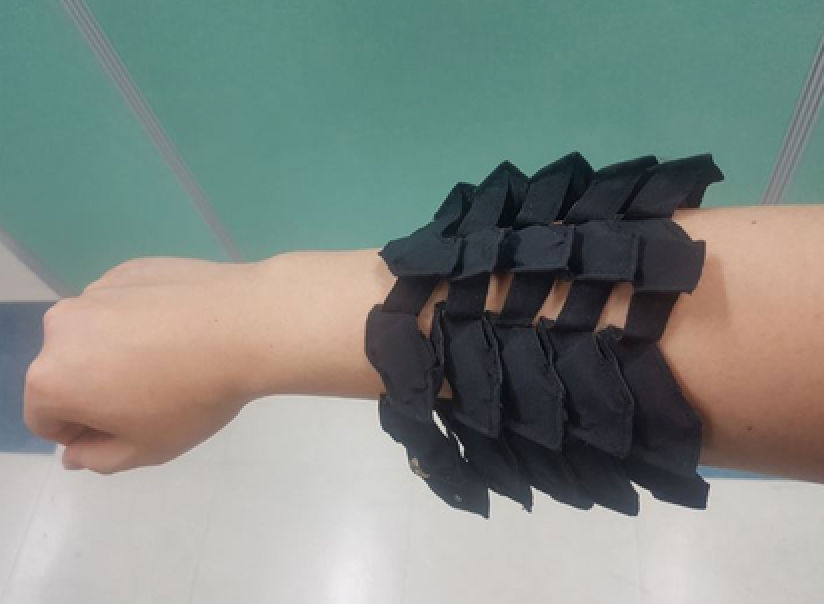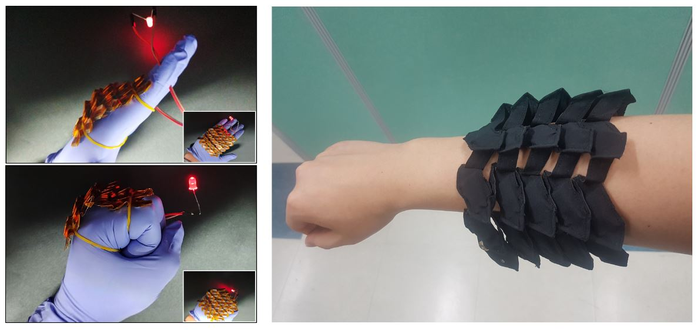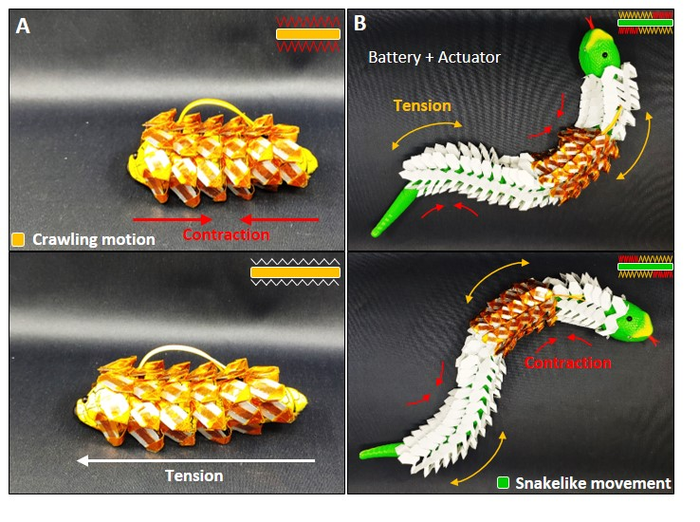Korean scientists engineer stretchable battery capable of moving like snake scales
It enables flexible movement by connecting small, energy producing units in a scale-like structure

Your support helps us to tell the story
From reproductive rights to climate change to Big Tech, The Independent is on the ground when the story is developing. Whether it's investigating the financials of Elon Musk's pro-Trump PAC or producing our latest documentary, 'The A Word', which shines a light on the American women fighting for reproductive rights, we know how important it is to parse out the facts from the messaging.
At such a critical moment in US history, we need reporters on the ground. Your donation allows us to keep sending journalists to speak to both sides of the story.
The Independent is trusted by Americans across the entire political spectrum. And unlike many other quality news outlets, we choose not to lock Americans out of our reporting and analysis with paywalls. We believe quality journalism should be available to everyone, paid for by those who can afford it.
Your support makes all the difference.South Korean scientists have developed a flexible battery that bends and stretches like a snake, an innovation that could find application in advanced wearable devices and soft robots used in disaster management.
Engineers from the Korea Institute of Machinery and Materials (KIMM) said the battery’s structure draws inspiration from snake scales, which while rigid, can fold together to protect against external impact, and also possess traits that allow them to be highly stretchable and move flexibly.
The stretchable device, described in the journal Soft Robotics, enables flexible movement by connecting several small, hard batteries in a scale-like structure.
It consists of small, hexagonal battery cells resembling a snake scale which are connected together using a hinge mechanism made of a polymer and copper material to fold and unfold.
“This study proposes a novel structure with individual, overlapping units, similar to snake scales that can be used to construct shape-morphing batteries for untethered soft robots,” the scientists wrote in the study.
In order to minimise deformation, the scientists say they optimised the design of the individual scale-like structures composing the battery.

The scientists say designing the shape of the individual battery cells, and the connective components were the key aspects of this technological achievement.
“The folding lines mimic the hinge structure of snakeskin, enabling stable deformations without mechanical damage to rigid cells,” they added.
This current design, the researchers say, can be implemented in wearable soft robots such as smartwatches and in rehabilitation medical devices for the elderly and the sick who need physical assistance.
The researchers believe the battery innovation could also be useful as a power source for flexible soft robots used during disasters to help conduct rescue missions.

Soft robots equipped with these batteries can crawl through narrow spaces blocked off by obstacles during disaster situations thanks to their ability to move flexibly and freely change shape.
In future studies, scientists hope to increase the energy storage capacity of these flexible batteries and develop multi-functional soft robots with artificial muscles.
Since the novel battery can be made by cutting and folding flexible electrodes using an origami-inspired manufacturing process, scientists say its current design also facilitates economical mass-production.
Join our commenting forum
Join thought-provoking conversations, follow other Independent readers and see their replies
Comments